- Joined
- Aug 14, 2009
- Messages
- 27,488
Hey all!!
So... We all know that getting information in the pearls world can be a challenge!! It's easy enough to find some basics, in blogs and on websites and from other fora, and there are research papers galore. But there's hardly anything in-between!!
Any interest in a PS Pearl Q&A thread to try to bridge the gap? I'm thinking this could become a reference thread where we accumulate technical information for non-experts. Somewhere PSers can come for thoughts, and answers, and pointers to the #PearlMysteries that have been haunting their showers... Without us all having to become engineers, biologist, physicists, or optics experts ourselves.
Rules to play:
Ask a question about pearls! How they look, how they behave, the industry. Or answer a question that someone else has asked. Or share your answer(s) to your own question(s) with the rest of us! Discussion about answers is welcome!!
1. One question per post. Please quote the post(s) you're responding to if you're answering a question or commenting on another response!
2. Cite your sources!! Blogs, articles, videos, websites, whatevers. Let the rest of us know where we can go for more information about whatever you've just said.
3. All opinions and answers are to the best of that participant's knowledge. Don't wager your life savings on anything you read.
4. Be nice. Discussions can get heated. But I won't hesitate to report outright a$$hattery from anyone, tradeperson or consumer.
5. No requests for authentication or "help me choose between these pearls" questions, please! And no discussions about superglue vs. epoxy either, that horse is a poltergeist by now.
So... We all know that getting information in the pearls world can be a challenge!! It's easy enough to find some basics, in blogs and on websites and from other fora, and there are research papers galore. But there's hardly anything in-between!!
Any interest in a PS Pearl Q&A thread to try to bridge the gap? I'm thinking this could become a reference thread where we accumulate technical information for non-experts. Somewhere PSers can come for thoughts, and answers, and pointers to the #PearlMysteries that have been haunting their showers... Without us all having to become engineers, biologist, physicists, or optics experts ourselves.
Rules to play:
Ask a question about pearls! How they look, how they behave, the industry. Or answer a question that someone else has asked. Or share your answer(s) to your own question(s) with the rest of us! Discussion about answers is welcome!!
1. One question per post. Please quote the post(s) you're responding to if you're answering a question or commenting on another response!
2. Cite your sources!! Blogs, articles, videos, websites, whatevers. Let the rest of us know where we can go for more information about whatever you've just said.
3. All opinions and answers are to the best of that participant's knowledge. Don't wager your life savings on anything you read.
4. Be nice. Discussions can get heated. But I won't hesitate to report outright a$$hattery from anyone, tradeperson or consumer.
5. No requests for authentication or "help me choose between these pearls" questions, please! And no discussions about superglue vs. epoxy either, that horse is a poltergeist by now.





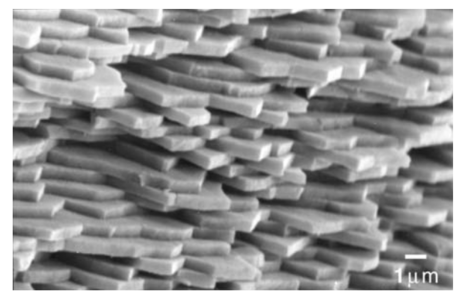
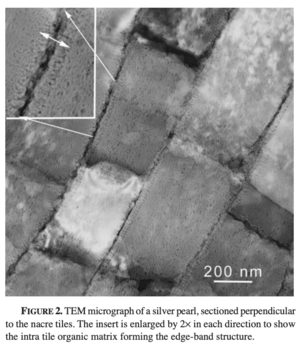
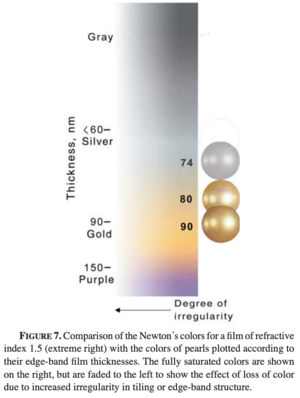
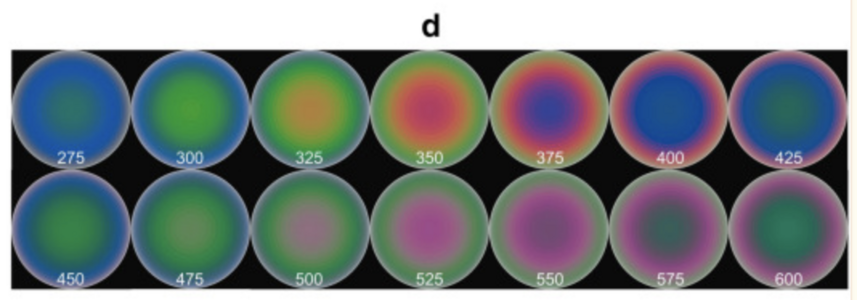
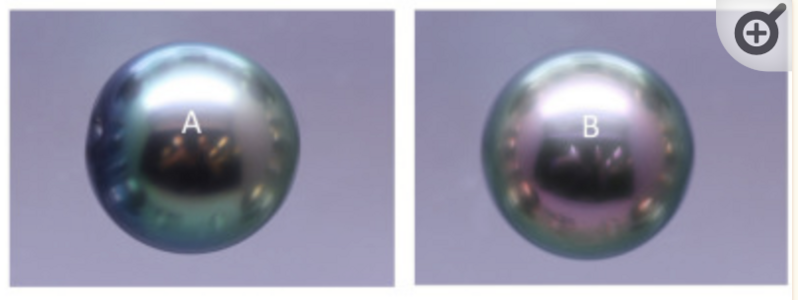
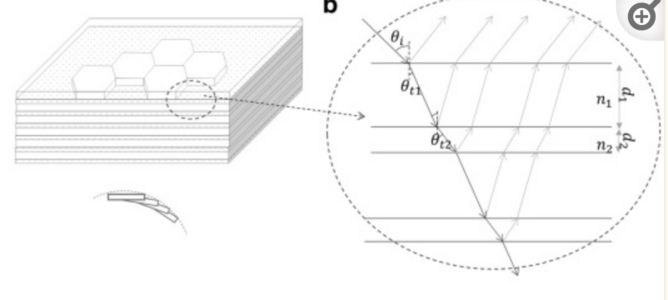
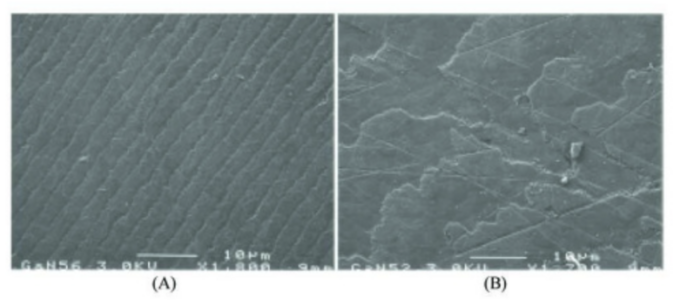
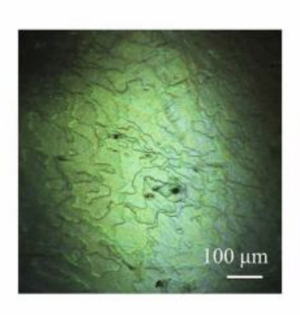
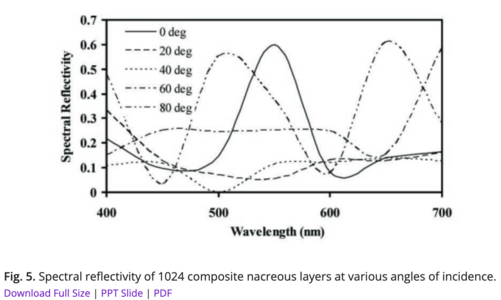
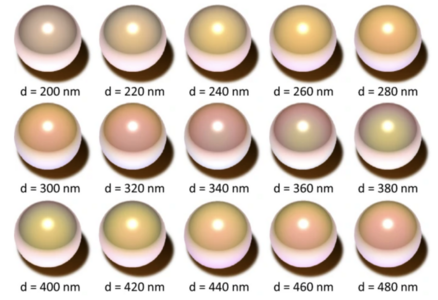
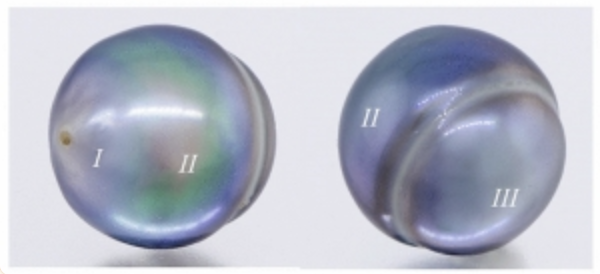
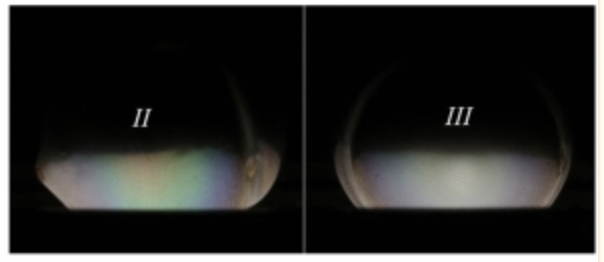
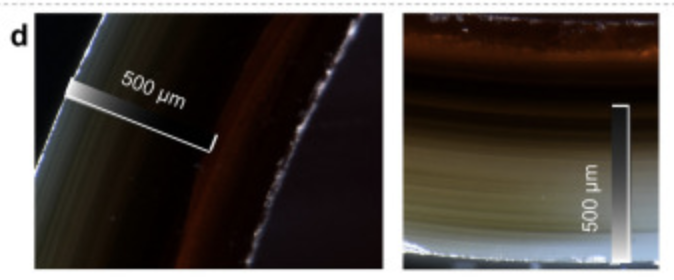
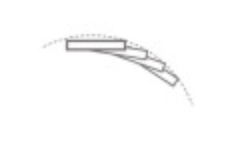

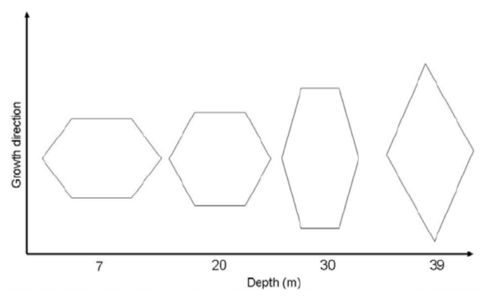
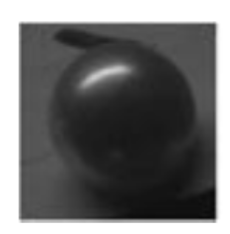
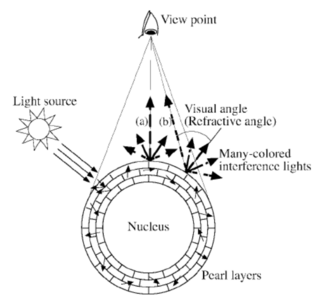
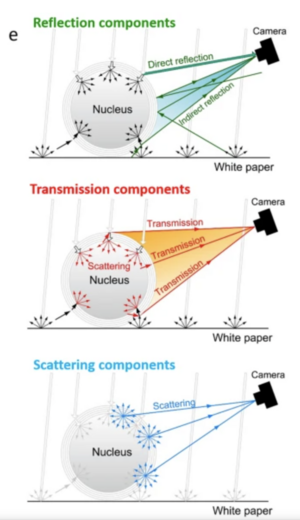

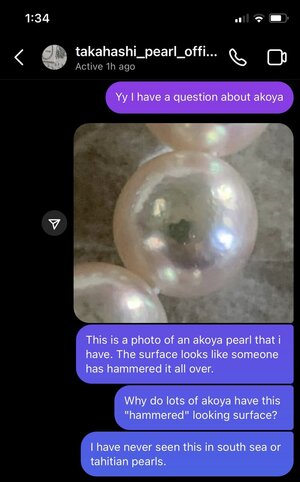
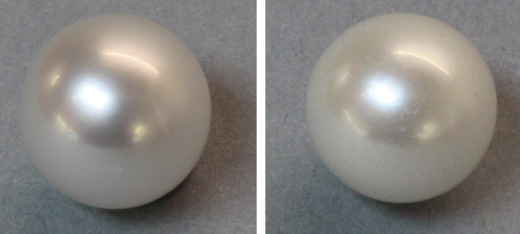
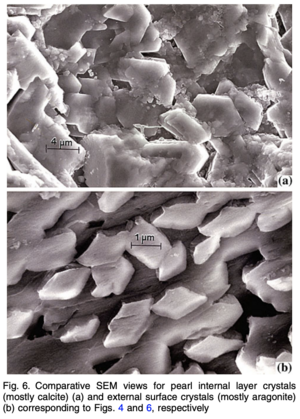
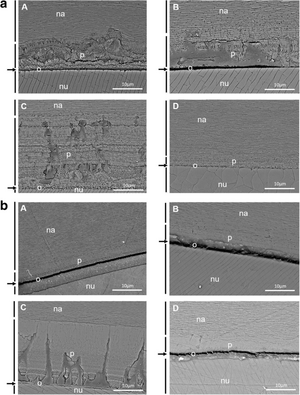
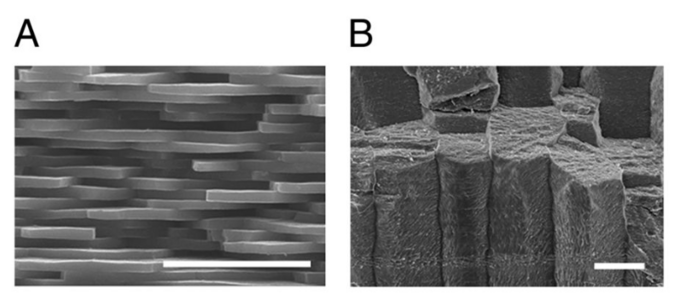


300x240.png)